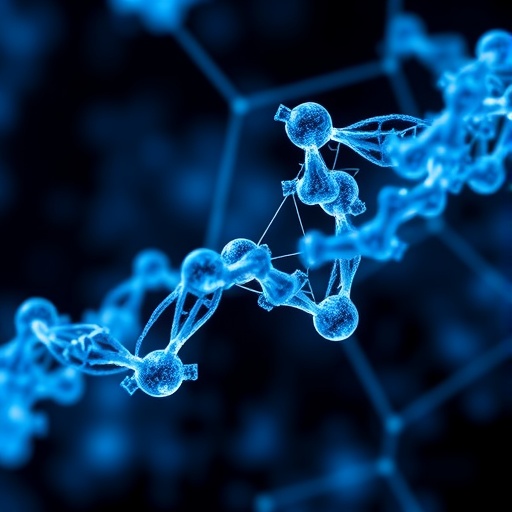Researchers at the Weizmann Institute of Science in Israel have identified a yeast that could be used to prevent invasive candidiasis, a major cause of death in hospitalized and immunocompromised patients. The study, to be published March 18 in the Journal of Experimental Medicine (JEM), shows that the novel yeast lives harmlessly in the intestines of mice and humans and can displace the yeast responsible for candidiasis, Candida albicans.

Credit: © 2024 Sekeresova Kralova et al. Originally published in Journal of Experimental Medicine. https://doi.org/10.1084/jem.20231686
Researchers at the Weizmann Institute of Science in Israel have identified a yeast that could be used to prevent invasive candidiasis, a major cause of death in hospitalized and immunocompromised patients. The study, to be published March 18 in the Journal of Experimental Medicine (JEM), shows that the novel yeast lives harmlessly in the intestines of mice and humans and can displace the yeast responsible for candidiasis, Candida albicans.
Millions of microbial species live within or on the human body, many of them being harmless or even beneficial to human health. The microscopic yeast C. albicans is commonly found in the intestines and other mucosal surfaces of the body and is usually benign, though occasionally it may overgrow and cause superficial infections commonly known as thrush. Under certain circumstances, however, the yeast may penetrate the intestinal barrier and systemically infect the blood or internal organs. This dangerous condition, known as invasive candidiasis, is commonly seen in healthcare environments, particularly in immunocompromised patients, with mortality rates of up to 25%.
While studying yeast infections in laboratory mice, Steffen Jung and colleagues at the Weizmann Institute discovered that some of their mice carried a novel species of yeast that prevented the animals from being infected with C. albicans. The new species, which the researchers named Kazachstania weizmannii, is closely related to yeast associated with sourdough production and appears to live innocuously in the intestines of mice, even when the animals are immunosuppressed.
The researchers found that K. weizmannii can outcompete C. albicans for its place within the gut, reducing the population of C. albicans in mouse intestines. Moreover, while C. albicans can cross the intestinal barrier and spread to other organs in immunosuppressed mice, the presence of K. weizmannii in the animals’ drinking water significantly delayed the onset of invasive candidiasis.
Notably, Jung and colleagues also identified K. weizmannii and other, similar species in human gut samples. Their preliminary data suggest that the presence of K. weizmannii was mutually exclusive with the presence of Candida species, suggesting that the two species might also compete with each other in human intestines.
“By virtue of its ability to successfully compete with C. albicans in the murine gut, K. weizmannii lowered the C. albicans burden and mitigated candidiasis development in immunosuppressed animals,” Jung says. “This competition between Kazachstania and Candida species could have potential therapeutic value for the management of C. albicans–mediated diseases.”
Sekeresova Kralova et al. 2024. J. Exp. Med. https://rupress.org/jem/article-lookup/doi/10.1084/jem.20231686?PR
# # #
About Journal of Experimental Medicine
Journal of Experimental Medicine (JEM) publishes peer-reviewed research on immunology, cancer biology, stem cell biology, microbial pathogenesis, vascular biology, and neurobiology. All editorial decisions on research manuscripts are made through collaborative consultation between professional scientific editors and the academic editorial board. Established in 1896, JEM is published by Rockefeller University Press, a department of The Rockefeller University in New York. For more information, visit jem.org.
Visit our Newsroom, and sign up for a weekly preview of articles to be published. Embargoed media alerts are for journalists only.
Follow JEM on Twitter at @JExpMed and @RockUPress.
Journal
Journal of Experimental Medicine
DOI
10.1084/jem.20231686
Method of Research
Experimental study
Subject of Research
Animals
Article Title
Competitive fungal commensalism mitigates candidiasis pathology
Article Publication Date
18-Mar-2024
COI Statement
C. Donic and S. Jung reported a patent to PCT/IL2023/050470 pending (Weizmann Institute of Science). No other disclosures were reported.




